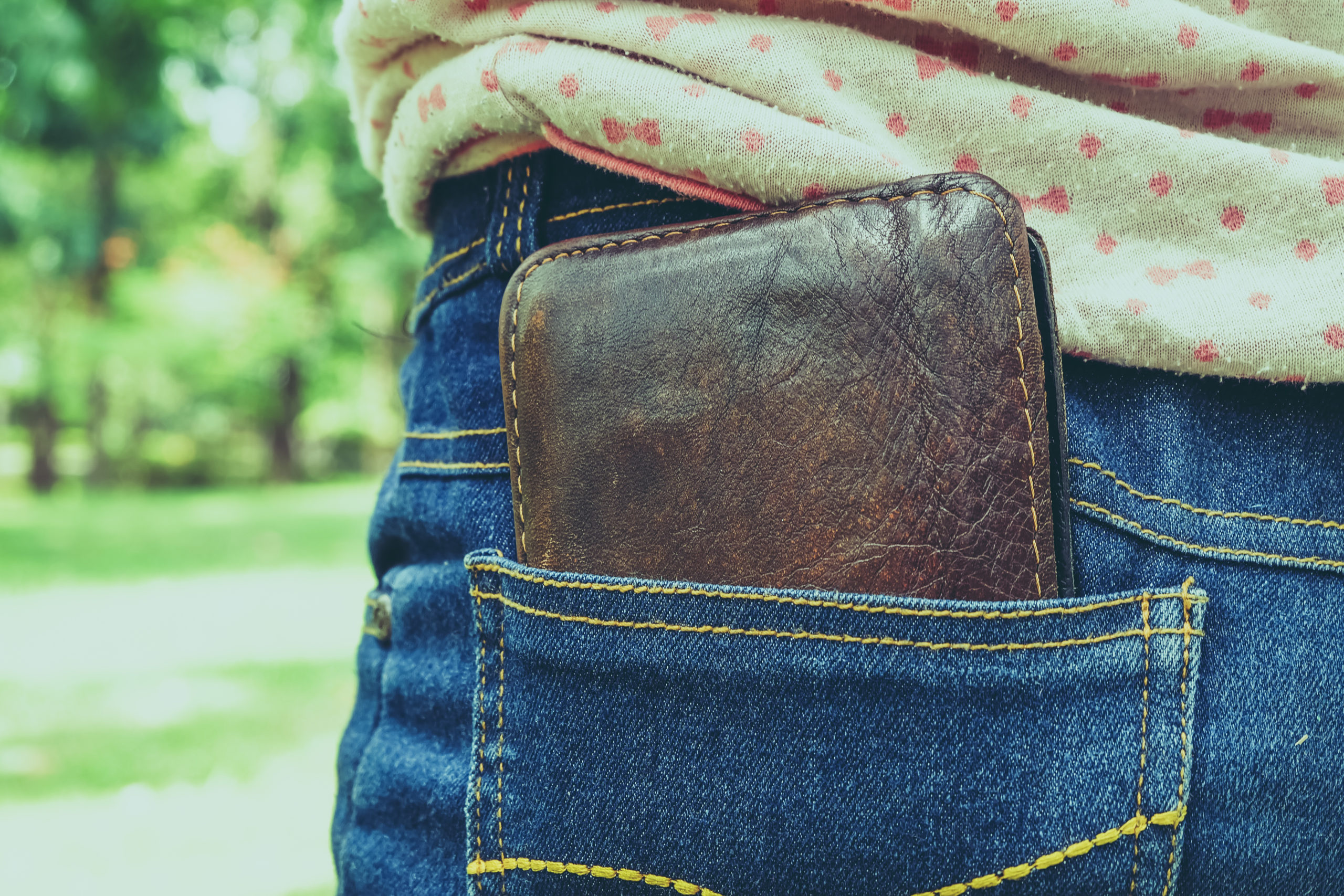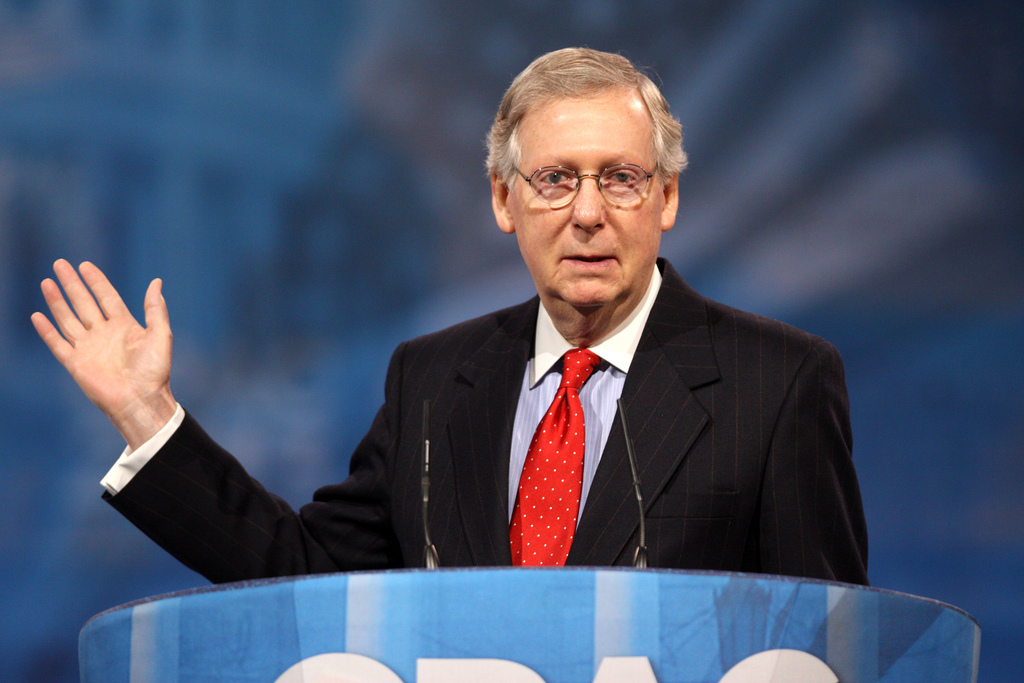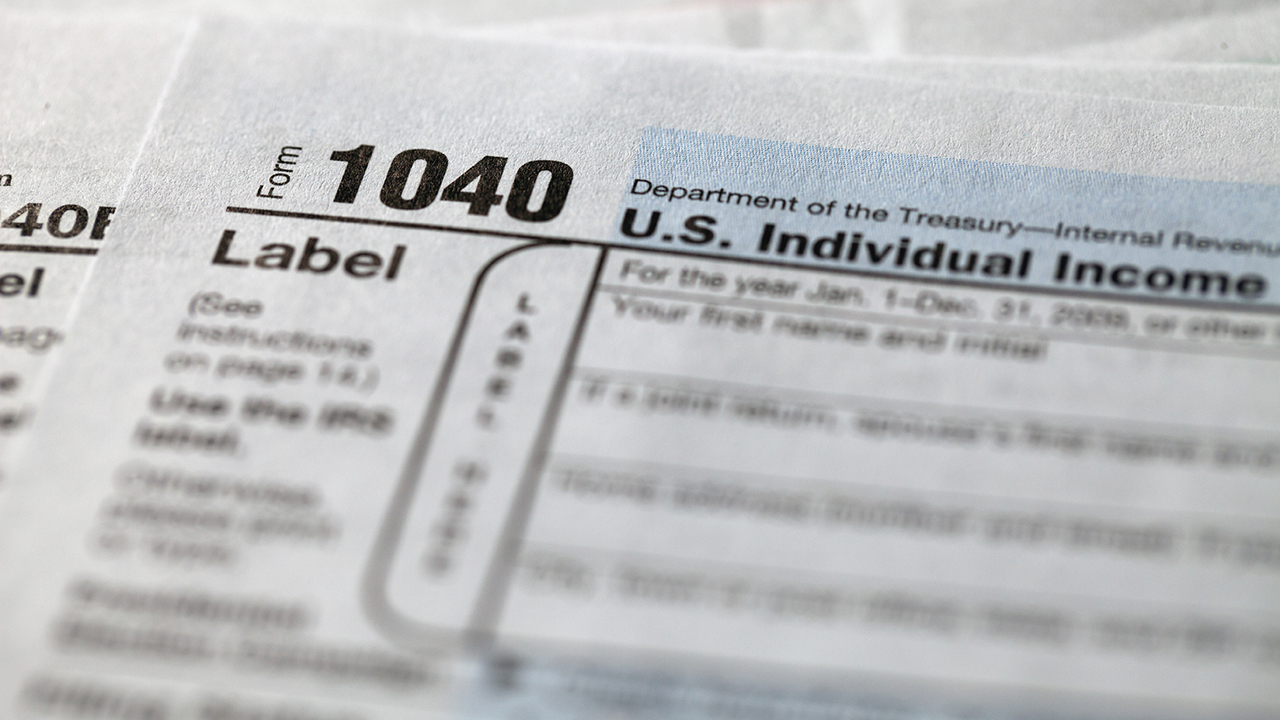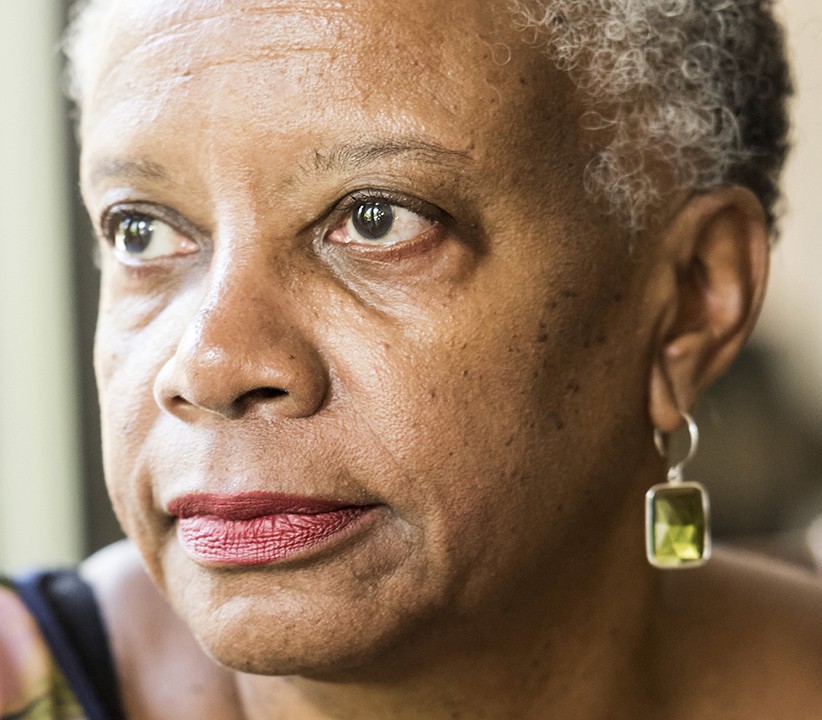Abortion rights, women of color, and LGBTQI+ people are under attack. Pledge to join us in fighting for gender justice.
Another Hurdle for the LGBTQ Community: Census Data

 Today is a big day: the U.S. Census Bureau released new national data on income, poverty, and health insurance in the U.S. in 2015. This annual data dump gives the American public, advocates, and policymakers crucial information about how Americans are doing—and who is the most vulnerable. It sets out how women overall, and specific groups of women in particular (like women of color and women with disabilities) experience high rates of poverty and significant pay inequities and helps us develop policies and laws to make women and their families more economically secure.
Today is a big day: the U.S. Census Bureau released new national data on income, poverty, and health insurance in the U.S. in 2015. This annual data dump gives the American public, advocates, and policymakers crucial information about how Americans are doing—and who is the most vulnerable. It sets out how women overall, and specific groups of women in particular (like women of color and women with disabilities) experience high rates of poverty and significant pay inequities and helps us develop policies and laws to make women and their families more economically secure.
But some communities are invisible today, leaving a glaring hole in what we know about women and poverty. One of them? The LGBTQ community.
Our Communities Need to Be Counted
The Census Bureau currently does not ask for sexual orientation or gender identity beyond the binary male and female, which not only erases non-binary trans people, it also does not allow people to identify themselves as transgender or cisgender (non-transgender). In other words, because there is no uniform federal data collected about the LGBTQ community, we just don’t know, for example, exactly how poverty impacts lesbians, or what wage gap transgender women face.
Not allowing LGBTQ people stand up and be counted has huge implications because studies of the limited data we do have, drawn from smaller sample sizes than the census data, indicate that LGBTQ women experience unique challenges. According to a Williams Institute study, twenty-four percent of lesbian and bisexual women were poor in 2012 compared to 19% of heterosexual women. These disparities are even greater for transgender folks. The data we have from these smaller studies indicate transgender people, especially transgender women and transgender people of color, experience lower wages, greater rates of unemployment, and higher rates of healthcare discrimination. Indeed, the imperfect data we have strongly suggest that when talking about who experiences poverty, transgender folks should be front and center as they are nearly four times more likely to live on less than $10,000 per year than their cisgender (non-transgender) counterparts. But the Census does not allow people to identify themselves as transgender, therefore leaving a large hole in the most authoritative and detailed picture of what poverty looks like in the U.S.
The Data Can Be Better – If We Act
The lack of robust federally-collected data on sexual orientation and gender identity results in a gap in our national understanding of how LGBTQ folks are faring. We need to make sure the data we collect on our citizens accurately reflect the identities we hold, and the barriers we face because of those identities. More and better data help us understand the needs of our communities, and are essential to advocates and policymakers seeking to craft solutions to meet those needs.
Fortunately, there has been momentum to ensure that LGBTQ people are counted in federal data collection. Last year, the U.S. Department of Health and Human Services (HHS) included sexual orientation and gender identity in its requirements for Electronic Health Records (EHRs), and other federal programs have also begun to collect similar sexual orientation and gender identity data. And in May of this year, U.S. Representative Raul Grijalva introduced the LGBT Data Inclusion Act, a bipartisan bill that would require federal surveys to include data collection on sexual orientation and gender identity.
Hopefully, by this time next year the Census will release data that fully capture the experiences of LGBTQ people, and allow policymakers to tackle head on the unique experiences of LGBTQ women when it comes to poverty, the wage gap, and access to healthcare.





